Choosing the right feed texture for my chickens has been crucial in keeping them healthy and productive. Over time, I’ve experimented with various options—mash, crumbles, pellets, and grain mixes—and each has its own set of advantages and disadvantages.
Mash
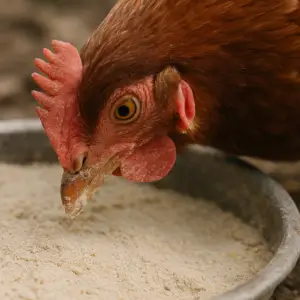
Mash is a fine, powdery feed that’s often used for chicks or mixed with water to create a wet mash. I’ve found it’s easy for young birds to eat, and it’s great for fermenting their feed to promote gut health. However, it does have its downsides: it can be quite dusty, spills easily, and the vitamins and minerals often settle at the bottom. If the birds don’t finish it, they miss out on essential nutrients. Plus, it can get moldy if left out for too long.
Crumbles
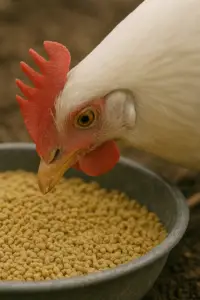
Crumbles are essentially broken-down pellets that resemble coarse grains. They strike a nice balance between mash and pellets. My younger hens seem to enjoy them, and there’s generally less dust compared to mash. That said, crumbles can still get scattered around, and if they become damp, they tend to clump together and can block the feeders.
Grain Mix
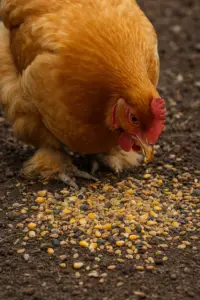
Grain mix consists of whole or cracked grains and might seem like a natural choice. However, I’ve noticed that chickens tend to pick out their favorite bits—usually the tastier, lower-protein grains—leaving the rest behind. This selective eating can disrupt their nutrition. If there are powdered vitamins or supplements mixed in, they often sink to the bottom and go to waste.
Pellets
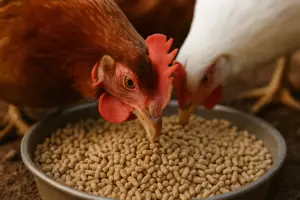
Pellets have been the best option for me. They’re compact, uniform in size, and my birds can’t easily sort through or toss them aside. This means less waste and a more balanced diet in every bite. They also store well, produce minimal dust, and are less prone to mold. It took a little time for my flock to adjust to pellets—they were hesitant at first—but they quickly got used to the change once they realized it was the new norm.
For my setup and my birds, pellets have proven to be the most practical and reliable choice. They minimize waste, simplify feeding, and help maintain consistent nutrition across the flock. It’s all about discovering what works best for them!
Share this content:
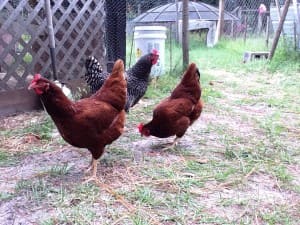
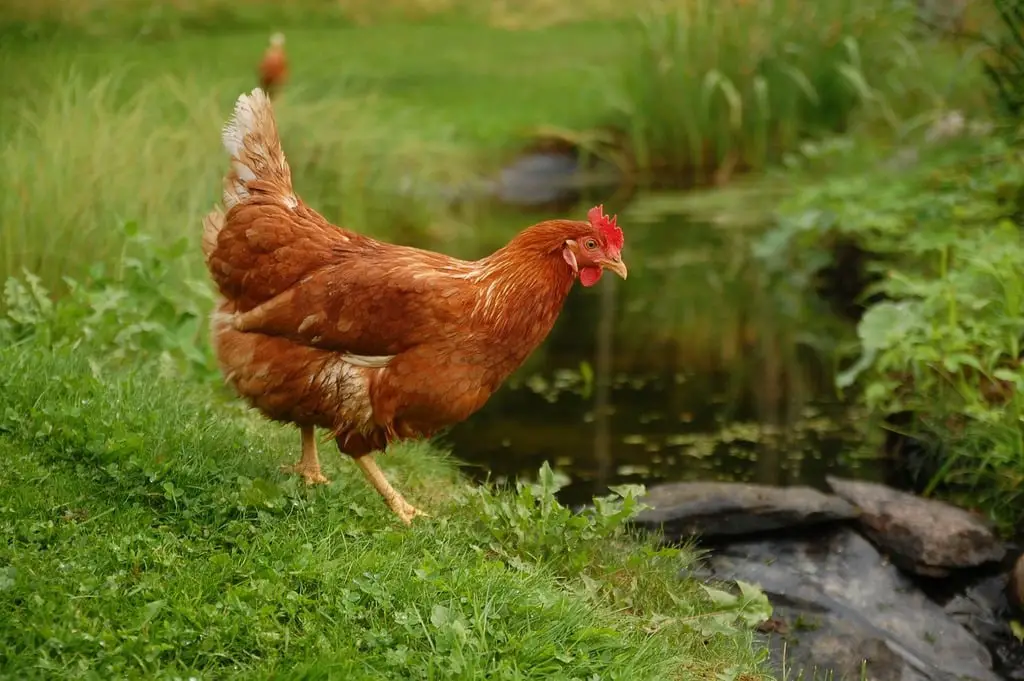
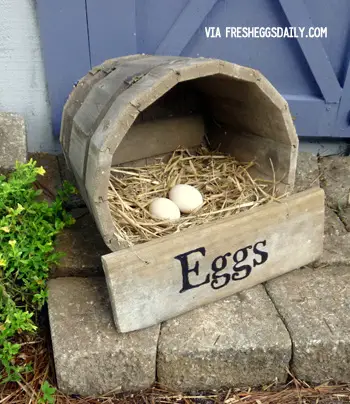
Post Comment